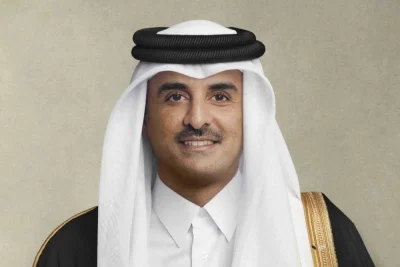The world’s top oil exporter aims to install 23.9 gigawatts (GW) of renewable power capacity by 2020 and 54.1 GW by 2032, it said in the roadmap, which would make Saudi Arabia one of the world’s main producers of renewable electricity.
Reuters/Riyadh
Saudi Arabia has published a roadmap for its renewable energy programme, aimed at reducing the amount of oil it burns in power stations, and targets issuing final bids for the first plants within three months.
The world’s top oil exporter aims to install 23.9 gigawatts (GW) of renewable power capacity by 2020 and 54.1 GW by 2032, it said in the roadmap, which would make Saudi Arabia one of the world’s main producers of renewable electricity.
In 2011 global installed capacity for photovoltaic (PV) solar power, the most common solar technology, was 69.4 GW, the BP Statistical Review of World Energy 2012 said.
The kingdom says it has crude output capacity of 12.5mn bpd, but domestic oil consumption is rising quickly and may start to cut into the amount of energy available for export.
The King Abdullah City for Atomic and Renewable Energy (KACARE), the government department responsible for the programme, last year published its vision for a long-term energy mix that relied on big contributions from solar and nuclear energy.
KACARE said in its roadmap, a white paper published on Wednesday, that it aims to issue a request for prequalification for the first renewable plants within two months, a final tender within three months and to award contracts within a year.
It said the initial contracts would be part of an “introductory” procurement round of 500 MW-800 MW, but that it would launch two more tenders within three years for 7 GW of installed capacity. It said 5.1 GW would be installed in the first five years.
Saudi Arabia wants most of the new renewable energy capacity to come from two solar power technologies, but is also seeking to generate electricity from wind, geothermal and waste-to-energy projects.
KACARE specified that in the first two bidding rounds after the introductory procurement round, it wanted 2.4 GW of PV solar energy capacity and 2.1 GW of solar thermal capacity.
Renewable power developers will have 20-year contracts to sell electricity to a new government body that will in turn sell it on to the national grid.
New projects will have minimum requirements for local content and the employment of Saudi nationals, KACARE said, and developers must contribute to a Saudi research and development programme for renewable energy.
The initial tendering process for the first projects this year aims to determine the cost of installing major renewable plants in Saudi Arabia to set a pricing structure for future bidding rounds, it said.



